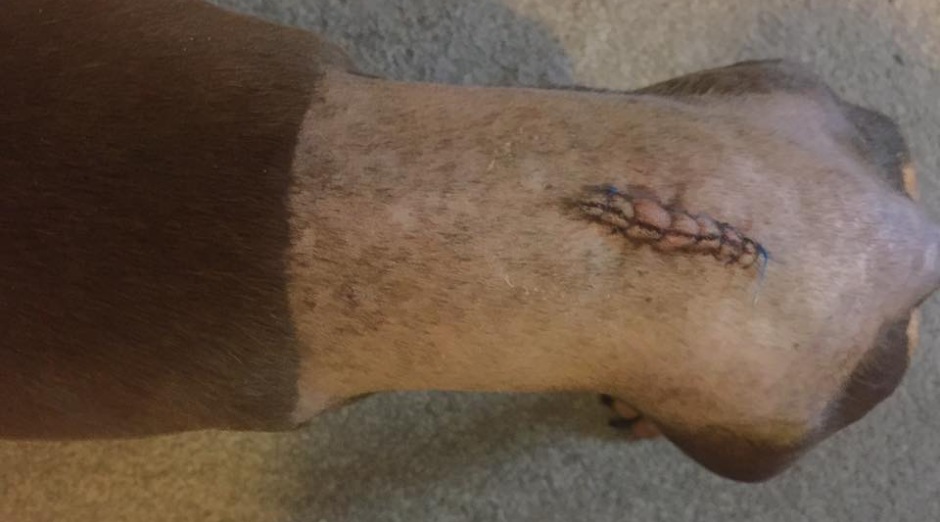
Surgical Treatment
Your vet may recommend you opt for surgery, which is best performed by a specialist (either a neurologist or an orthopaedic surgeon). We recommend a consultation with a specialist whenever possible, but you will need a referral from your vet to see a specialist.
The specialist will most likely recommend an MRI scan to determine the location and extent of the disc rupture. If an MRI is not available, a Myelogram may be used as an alternative diagnostic technique.
Many, if not most, dogs who have surgery within 24 hours of becoming paralysed have more rapid and complete recoveries than dogs who have surgery at a later time. However, the time between diagnosis and surgery is not as critical as was once thought. (See - Clinical Diagnosis)
If a dog is paralysed, but still has deep pain sensations, surgery can often result in a complete recovery or a reasonably good recovery with minor neurological deficits. Discuss the likely outcomes with your vet.
The two main surgical procedures are Fenestration and Hemilaminectomy.
- Fenestration
- Relatively quick and easy
- Doesn't require specialised equipment
- Disc material (nuclei pulposus) is removed through a small window created in the fibrous ring (anulus fibrosis)
- A non-decompressive technique; disc material in the vertebral canal is not removed
- Not suitable for large spinal cord compression
- Hemilaminectomy
- Technically difficult and requires specialised equipment
- Extruded disc material is removed from the vertebral canal after drilling a hole
- In the back, this is usually done from the side of the bone
- In the neck, the underside of the bone is used
- A decompressive technique
The length of time it will take for your dog to recover from surgery and how much normal function will be achieved depends on several factors:
- How fast the extruded disc material hit the spinal cord
- How much damage was done to the spinal cord
- How long the spinal cord was left compressed
In general, the less severe the damage and the quicker surgery was performed, the better will be the recovery.
After surgery, your dog will require painkillers and time to recover from the anaesthetic. Discharge from the vet hospital will depend on how well your dog responds post-surgery (comfort, ability to move, urinary continence).
Your vet, or referral specialist, will also recommend the best course of action for post-operative rehabilitation.
A complication that may show up during surgery, or post-operatively, is Myelomalacia. There is also a risk of urinary tract infections.
Surgery will be expensive. Together with an MRI scan, it could cost £6,000 to £10,000, so you need to ensure you have adequate insurance cover or can cover the cost in another way. Some vets may be able to offer a payment plan to help you spread the cost over a longer period.

